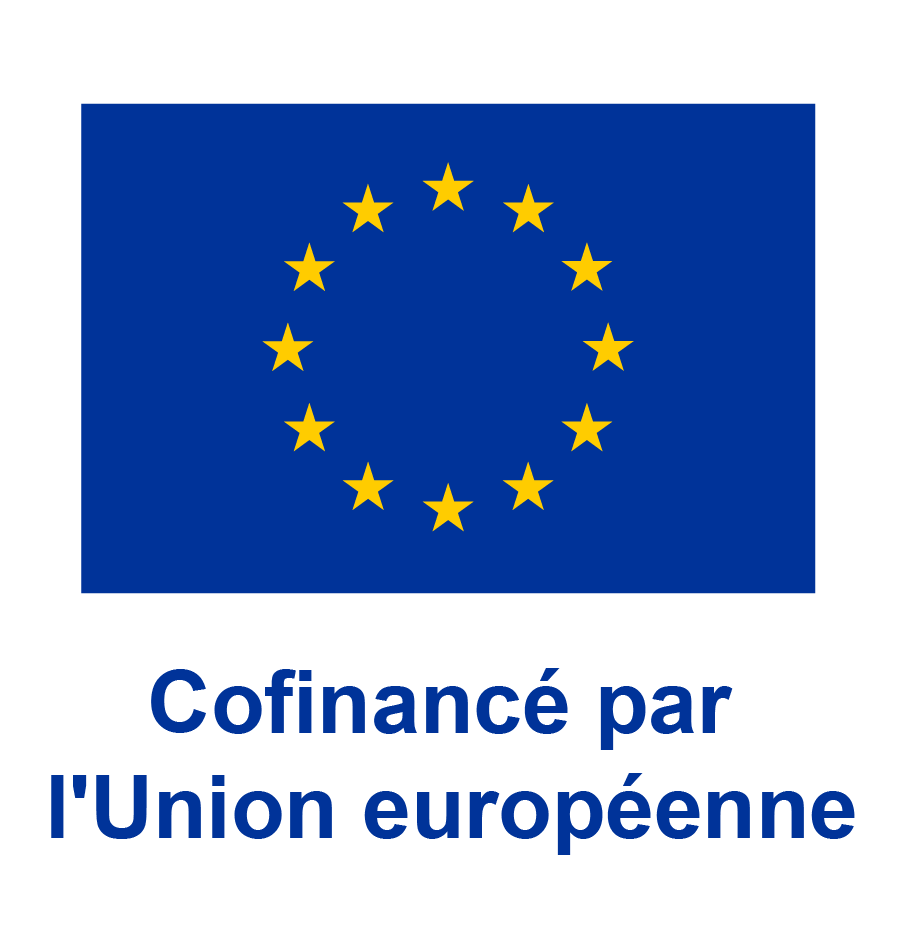FDIC National Survey of Unbanked and Underbanked Households
My Last ExxonMobil Annual Meeting
U.S. Households Access to and Use of Electronic Banking, 19892007
Prepaid cards: Second-Tier Bank Account Substitues
Corporations Show Improvement on ESG Issues, but Have a Long Way to Go
Insurance Regulation in the United States and abroad
This report first gives a statistical overview of various countries and then presents a summary of U.S. insurance regulatory structure. Following this is an examination of insurance regulation in European Union as a whole, as well as the individual regulatory structures in three EU members (United Kingdom, the Netherlands, and Germany). This report also provides summaries of the systems in Canada, Australia and Japan.
Self-selection and discrimination in credit markets
In this article we make two contributions toward a better understanding of the causes and consequences of discrimination in credit markets. First, we develop an explicit theoretical model of loan underwriting in which lenders use a simple Bayesian updating process to evaluate applicant creditworthiness. Using a signal correlated with an applicant's true creditworthiness and their prior beliefs about the distribution of credit risk in the applicant pool, lenders are able to evaluate an applicant's expected or "inferred" creditworthiness to determine which loans to approve and which to deny. Second, we explicitly model the self-selection behavior of individuals. Because these decisions shape lenders' prior beliefs about the distribution of credit risk, they also affect the Bayesian posterior from which lenders compute an applicant's inferred creditworthiness, implying that statistical discrimination can arise endogenously. As an example, we show that in a market in which only some lenders have Beckerian tastes for discrimination, there are conditions under which lenders without racial animus will also discriminate. Our model's flexibility makes it ideal for analyzing a wide variety of empirical and policy questions.
On the Economics of discrimination in Credit Markets
This paper develops a general equilibrium model of both taste-based and statistical discrimination in credit markets. We find that both types of discrimination have similar predictions for intergroup differences in loan terms. The commonly held view has been that if there exists taste-based discrimination, loans approved to minority borrowers would have higher expected profitability than to majorities with comparable credit background. We show that the validity of this profitability view depends crucially on how expected loan profitability is measured. We also show that there must exist taste-based discrimination if loans to minority borrowers have higher expected rate of return or lower expected rate of default loss than to majorities with the same exogenous characteristics at the time of loan origination. Empirical evidence on expected rate of default loss cannot reject the null hypothesis of non-existence of taste-based discrimination.
The Power of Experience in Understanding the Underbanked Market
Pagination
- Page précédente
- Page 5
- Page suivante


